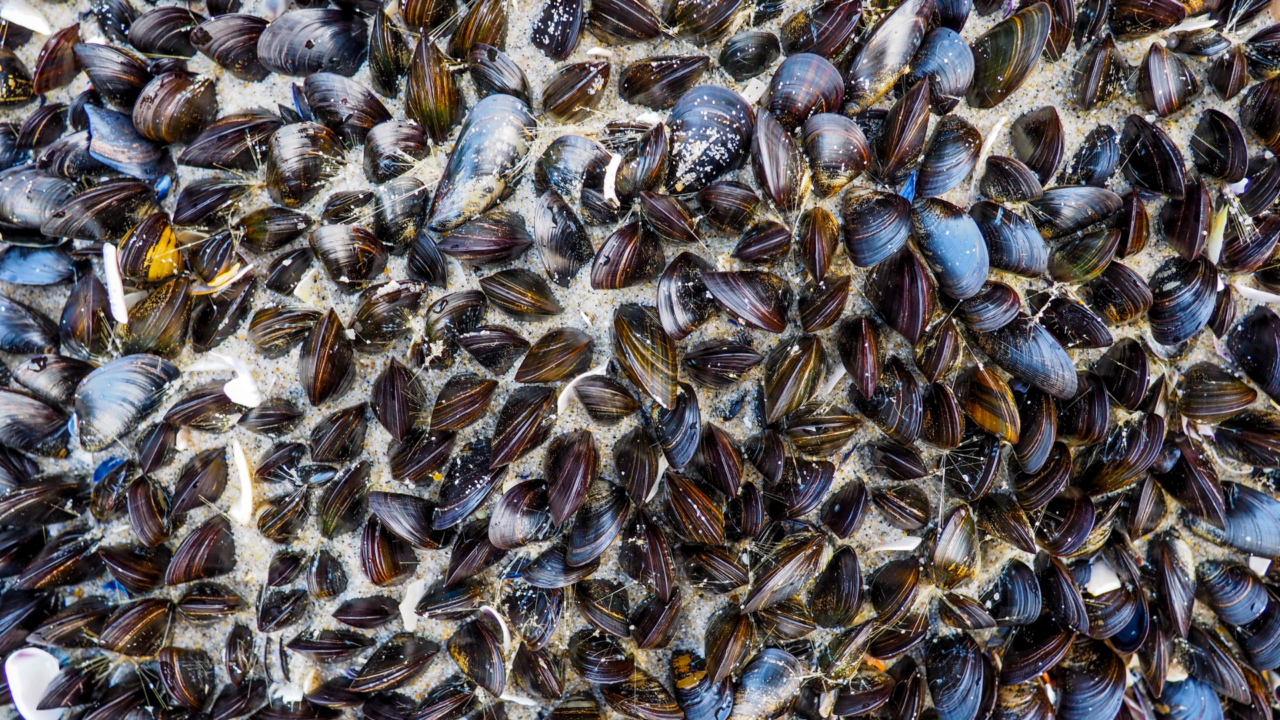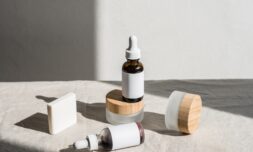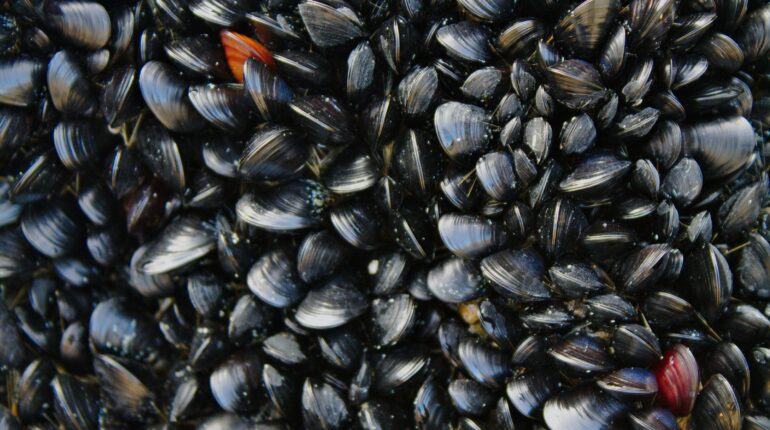Researchers at Khalifa University in Abu Dhabi have developed a new nanomaterial that can effectively clean up dyes and pollutants from wastewater. The mechanism was inspired by the systems of various shellfish, in particular, mussels.
The textile industry uses 1.3 trillion gallons of water to dye garments annually. That’s enough water to fill two million Olympic-sized swimming pools. Yes, you read that right – two million.
Without ignoring that this is already a very water-intensive industry, a secondary problem arises when the vast majority of this water is left untreated before it is disposed of.
Most of it ends up being dumped into nearby rivers and streams, polluting local waterways with harmful dyes and chemicals.
The highest concentrations of textile-derived water pollution can be found in China and Bangladesh, which are home to the world’s biggest fabric manufacturing centres. That said, this should be a global concern as all of our planet’s water cycles are inextricably linked.
With the fashion industry being responsible for a massive 20 percent of global water pollution, researchers at Khalifa University set out to find a feasible solution to clean it up. They turned to shellfish, mussels in particular, for inspiration.






















